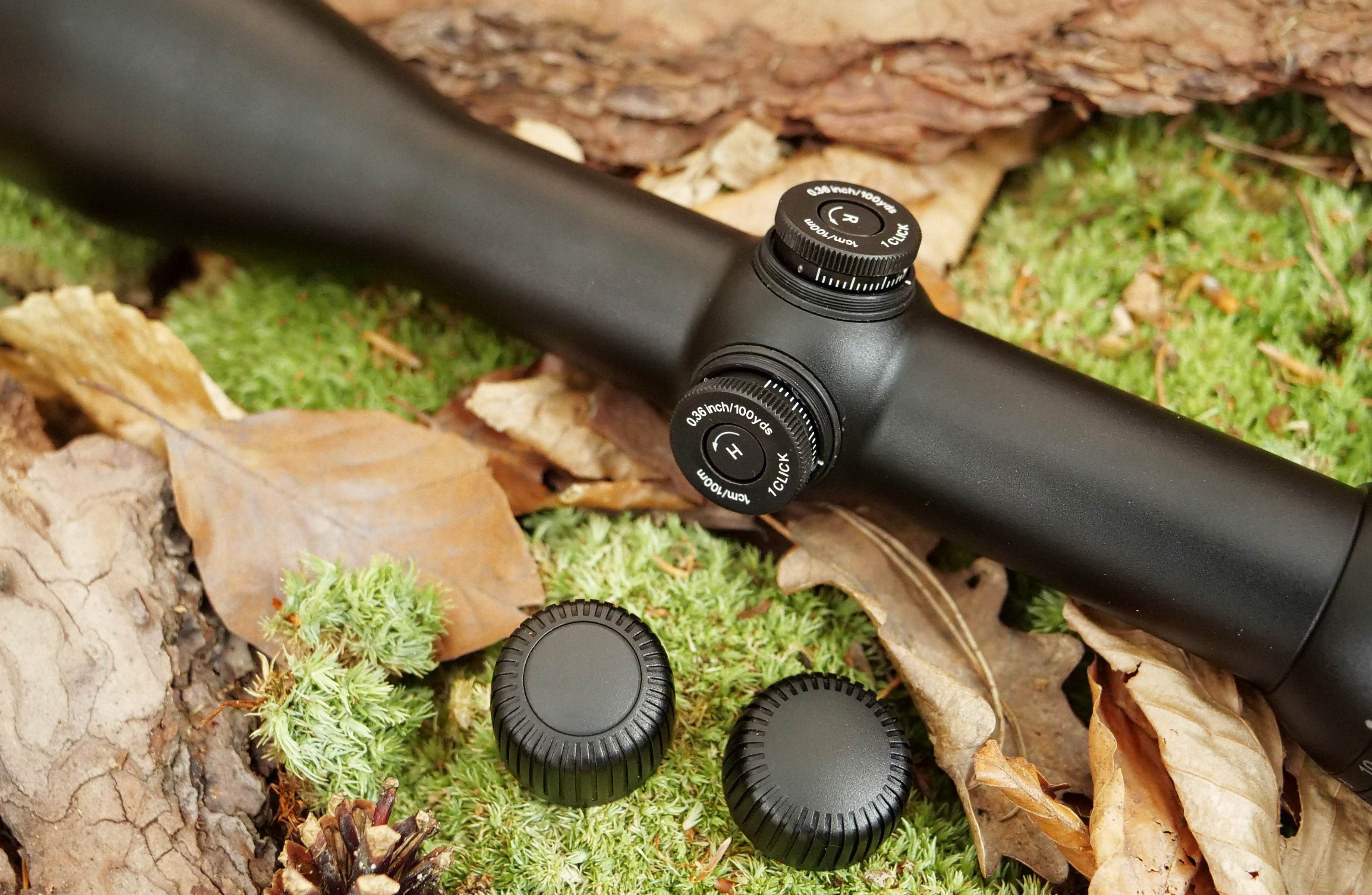All Categories
Hunting
Scope Mounts




























